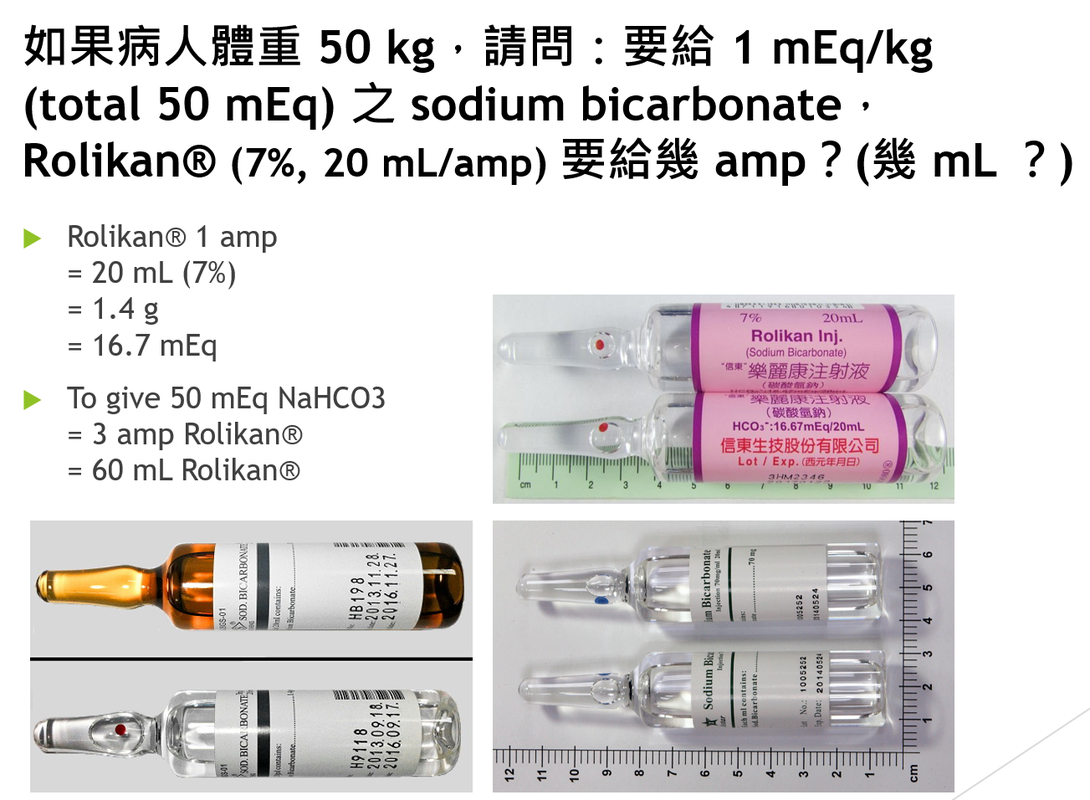|
The risk of tendinopathy is increased in patients taking fluoroquinolones (FQs) along with steroids. Watch out for this combination in COPD patients.
FQs should be used cautiously in patients with risk factors associated with tendinitis, such as advanced age, history of tendon rupture, corticosteroid use, and/or acute or chronic renal dysfunction. Tendinitis can be misdiagnosed as a gouty flare, infection, or venous thrombosis (leg region involvement). Since Achilles tendinitis can be debilitating and may lead to rupture, clinicians may need to monitor changes in gait and for symptoms suggestive of tendinopathy in patients on FQ therapy. Reference: https://www.ncbi.nlm.nih.gov/pmc/articles/PMC2921747/pdf/jcad_3_4_49.pdf Scaphoid fracturesCarpal fractures account for approximately 5% of all fractures and 18 percent of hand fractures, and scaphoid fractures are the most common carpal fracture. Scaphoid fractures account for 10% of all hand fractures and 60-70% of all carpal fractures. Scaphoid fractures are among the most common upper extremity injuries. They frequently occur following a fall onto an outstretched hand. Plain radiographs taken soon after the injury may not reveal a fracture, but the clinician should assume one is present until definitive proof otherwise is obtained.
■ Taiwan: 7% NaHCO3 (e.g. Rolikan) = 16.7 mEq/20 mL/amp.
■ USA: 8.4% NaHCO3 = 50 mEq/50 mL/amp. ■ Usual dose of NaHCO3 = 1 mEq/kg stat followed by 0.5 mEq/kg as needed. ■ 50 mEq of NaHCO3 = 1 amp of 8.4% 50mL = 3 amp of 7% 20mL. Mimics of VT |

Author
|
Proudly powered by Weebly













